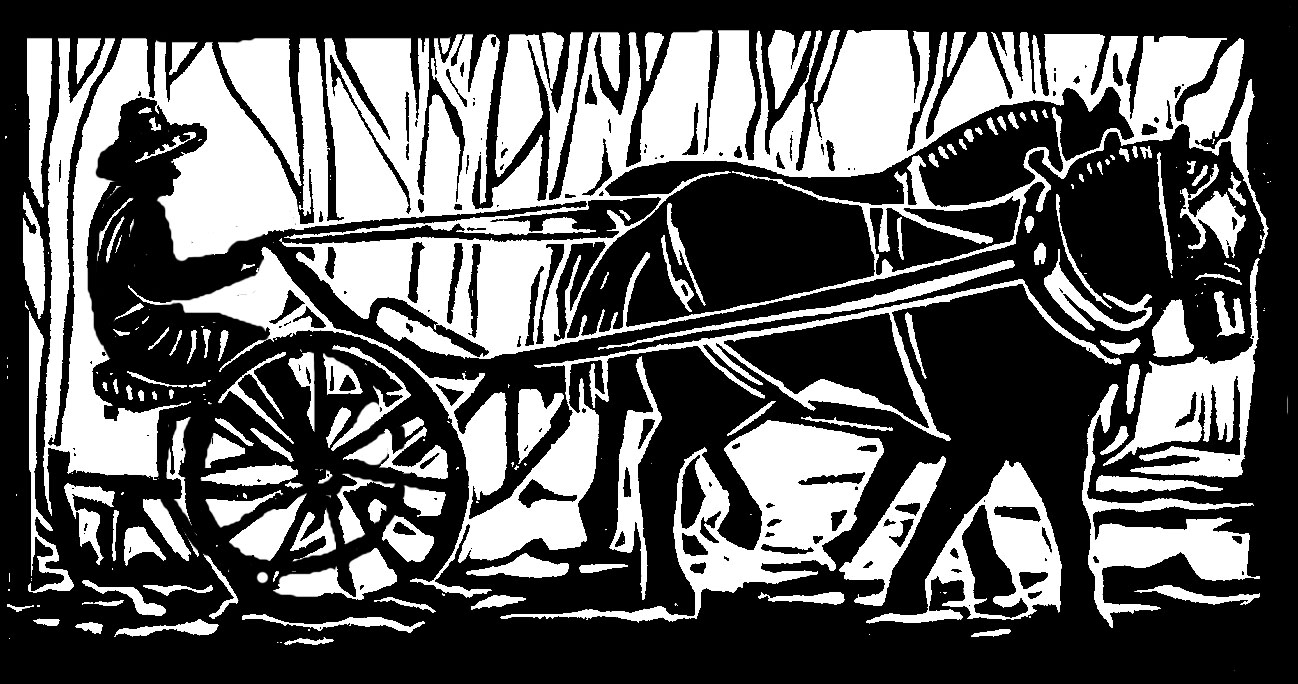It has been a strange season here on the farm, as it has been strange for all of us, dealing with the pandemic. My fellow farmer and I have been feeling very grateful, for our house, and for good food, and for our work here on the farm, which leads to a naturally more limited social contact.
Still, we have had to make several changes for the season, mainly rethinking our produce distribution system, trying to find some sound balance between pandemic risk and produce benefit. After many deliberations, we settled on a curbside (or, really, dirt road-side) pick-up. Rather than having CSA members pack their own shares from the harvest crates in the shed, we would pack all the produce, and have the shares ready for pick-up, placing them into the cars ourselves.
Luckily, we had ordered a stock of compostable bags ahead of time. The first week of harvest, we bagged each item, and then boxed the shares. Except, we discovered, we didn't have enough boxes to send the boxes themselves home with the fine people. Thus we packed a box, carried it to the car, then proceeded to unpack the box, repacking the produce in the members' own box in the car. This was crazy-making, to say the least. Plus we were using 600 brand-new bags per week, up from zero bags per week the year before.
We called around, asking our CSA farmer friends what they were doing, and we ended up investing in wooden bushel baskets. This simplified things enormously, and our bag use went down 75% immediately. Plus everyone loves the beautiful baskets, which showcase the produce.
We also decided not to have any you-pick crops, which meant that the three of us, two farmers and our college-age daughter, would be spending even more hours picking and dividing up the harvest.
Recently, in fact, in the bean patch, my daughter and I amused ourselves by figuring out that this time of year, and including the formerly you-pick crops, we are harvesting all or part of six days a week.
“Really funny, huh?” I said to my daughter.
“Oh, yeah,” she said, probably wondering why she had to be born to a couple of farmers, “Really funny.”
Some time later, after three hours in the raspberry patch, she groaned, “Why are there so many stupid raspberries? Die, raspberries! Die!” which struck us both as extremely funny. Then my farmer fellow came to join us in picking, shaking his head at our gales of laughter.
“I love picking berries,” he said, which made my daughter and I both groan, and lob mushy berries at him.
“What?” he said. “What?”
But the next day he was doing a little groaning himself, as we were hard-pressed to get all those berries and vegetables packed up in time for the members (despite having pushed our harvest open hours back from one until three, knowing it would take us much longer to pack everything ourselves).
On that day, we still had the millions of raspberries to sort and crate, along with regular harvesting and packing, and there was a point where my daughter would run repeatedly into the house, where I was frantically sorting and crating berries, saying, “There's another person here, there's another person here, there's another person here!” as my fellow made pleasant farm small talk, or pleasant small farm talk, with the waiting members.
Everyone was very nice about the short wait, and they may also have been amused by what was happening in the background: my daughter running frantically to the house, and then running back, followed a few minutes later by me running frantically from the house to the packing shed, with a crate of raspberries, and then running back again, to sort the next crate, while my daughter ran down the driveway with the completed share.
Luckily my fellow farmer didn't say, “I love making pleasant small farm talk,” but instead, at the end of the day, he said, “Wow, I hate not being ready on time. It's really stressful. We've got so much more to do with this new pandemic system.”
My daughter and I agreed heartily. All I could think of was “Run, farmer run!” and I went to our bookshelf.
Maybe you know that phrase, and the picture book Hard Scrabble Harvest by Dahlov Ipcar. Ipcar was born in Vermont, and lived in Maine as an adult, so she knows all about gardening in New England. Mostly the book is about keeping all the vegetable and fruit loving critters out of the garden, but the refrain I remember best is “Run, farmer, run!”
Ah yes, we are running, faster than ever.
Originally published in the Monadnock Shopper News, Aug 26 - Sept 1, 2020
